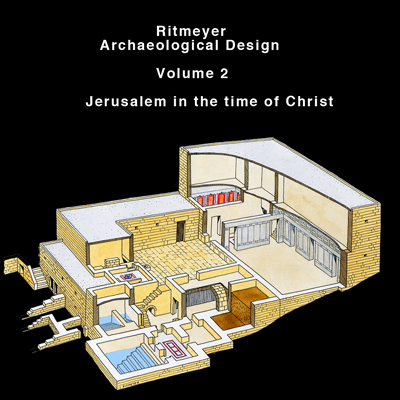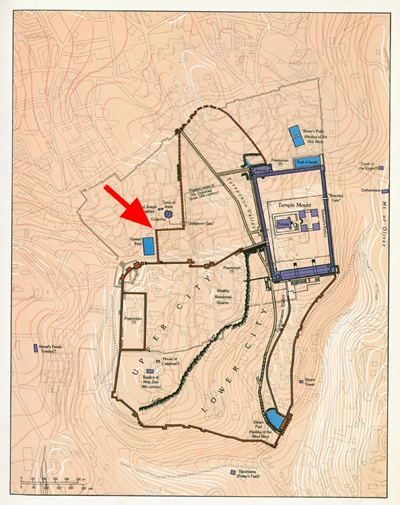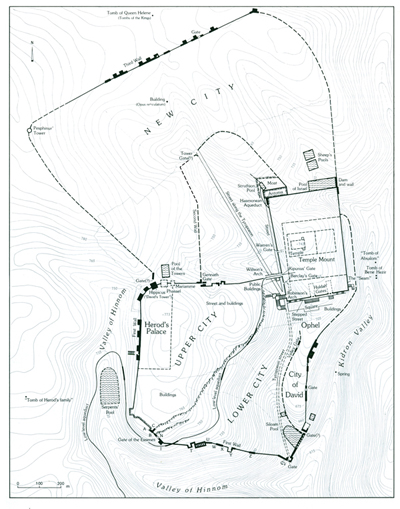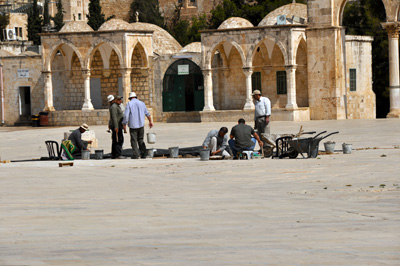By Anshel Pfeffer, August 12, 2010
Tons of rubble was removed from under Temple Mount by the Muslim authority that oversees the siteAn investigation into the failure of law enforcement agencies to prevent what is alleged to have been an attempt to wipe out Jewish history on Temple Mount 11 years ago looks set to cause widespread controversy.
The publication of the report into the removal, by night, of 6,000 cubic metres of mud from beneath the Al Aqsa Mosque by the Muslim Wakf authority that oversees the management of the mosque compound, has been suppressed for months by the government.
The dirt was dug out to make way for a new underground mosque, but Israeli archaeologists and politicians claim that another motive of the Wakf and the Islamic Movement – which financed the work – was to remove evidence of Jewish history from the site where the two temples of Jerusalem stood.
The excavation and building was carried out without any official permit from the planning authorities. Belated intervention by the Justice Ministry, spurred on by a rare petition signed by politicians, writers and archaeologists from the right and the left, brought the digging to an end, but it was too late.
Thousands of volunteers have been sifting ever since through the hundreds of tons of dirt, dumped in a valley east of Jerusalem, unearthing rare remnants of the Temple Mounts from all ancient periods of Jerusalem, going back to the Bronze Age. Among them were fragments and coins from the First and Second Temples, and relics of the Persian, Babylonia, Maccabean, Herodean, Roman, early Christian and Byzantine eras. The work is of questionable historic value as the rules of archaeology mandate that findings should be recorded in their original location, but is still ongoing.
Meanwhile, for the last three years, the Comptroller’s Office has been conducting an investigation into the way the Israeli government, the police and Jerusalem City Hall have relinquished control of the sacred site.
“The conclusions are clear,” says one source who has seen the report, “Israeli law ends at the gates to the Temple Mount.”
The reason for this is the same motive that has caused the government to try and suppress the report for the past few months, previous attempts to enforce Israeli sovereignty over the Temple Mount have provoked widespread Palestinian violence, as did the visit of the opposition leader, Ariel Sharon, in September 2000, which sparked the second intifada.
“On the one hand, no government wants to be seen as impotent,” said a security official in Jerusalem, “but they prefer keeping the status quo on the Temple Mount to another intifada with all that entails. Even when the report finally gets out, the government will do everything in its power to play it down.”
HT: Joe Lauer










